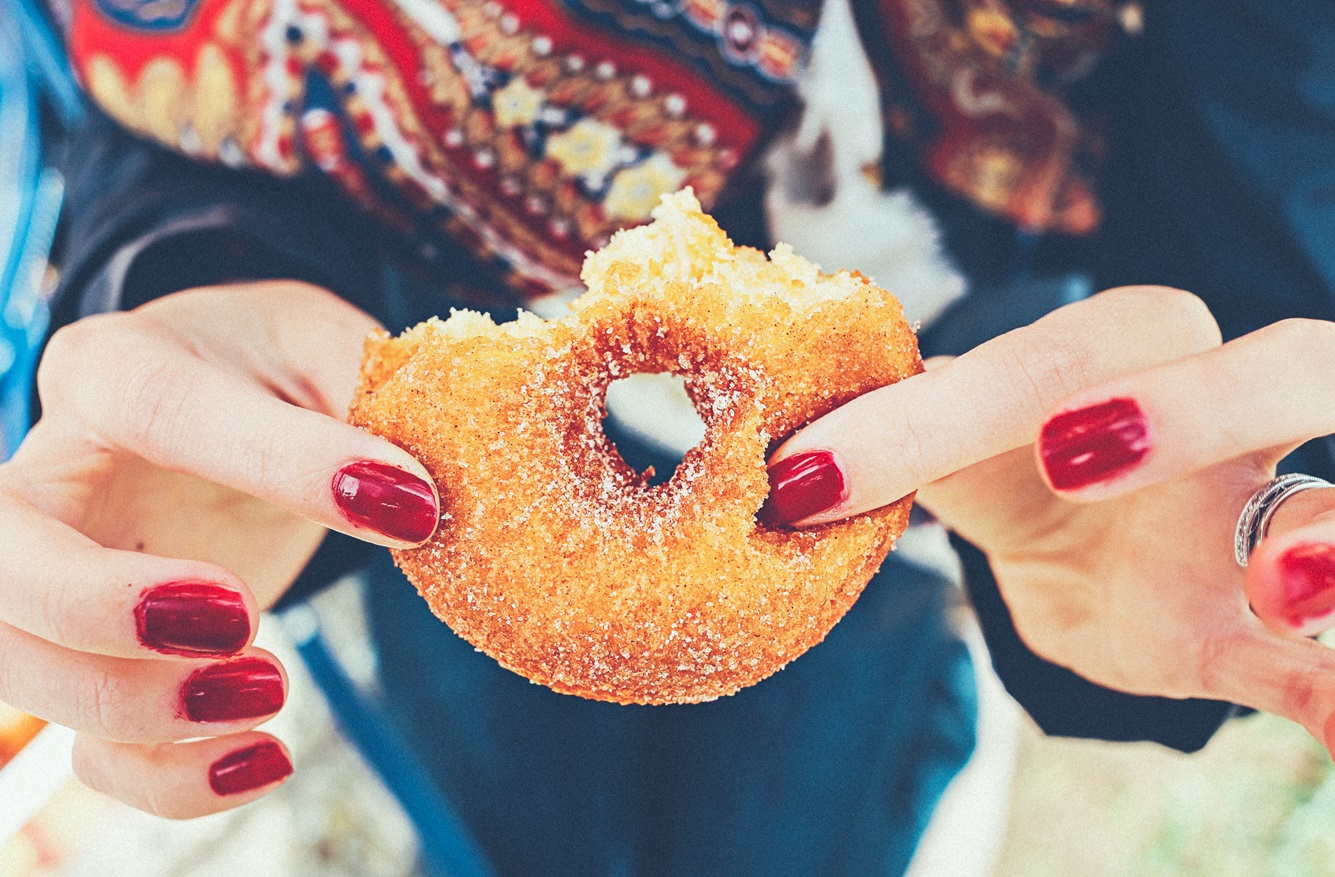Habits are a valuable part of a healthy lifestyle because good daily behaviors get locked in as they become automatic. However (though we may not always like to admit it), we all have bad habits, which can range from the merely inconvenient (biting your nails) to seriously longevity-threatening (smoking). So how can you break a bad habit?
There’s actually no single answer that will work for everyone. However, just becoming aware of your negative behaviors is an important first step.
Habits develop with repetition. Understanding the pattern that supports a bad habit can then help you short-circuit the loop.
All undesirable behaviors share these fundamental traits:
- An external cue or trigger
- A routine
- Reward for the behaviour

How Is a Bad Habit Reinforced?
It’s easy to see that a habit like brushing your teeth may be triggered by bedtime (the cue), the teeth brushing itself (the routine) follows, and the reward delivered (mouth tastes clean and fresh, bedtime readiness is underway).
Even negative behaviors offer a reward of some kind. Perhaps it’s anxiety relief, as it might be in the case of cigarette smoking; maybe you crave social contact and find it most easily over too many drinks at the bar after a stressful day at work. Unless you try and dissect the powerful components of this loop, you are doomed to repeat the bad habit.
According to research, the only way to short-circuit the habitual pattern is to identify the cue, the routine and the reward they deliver. Since the habit (the routine) might be more obvious as the behavior you’re trying to eliminate, the greater challenge can be isolating the cue and the reward.

Steps to Breaking a Bad Habit
Try these strategies to help you interrupt the cycle of negative behavior.
Find the Cue
Try writing down at least five events that occur the moment the urge for the automatic behavior hits, to reveal the cue. Ask yourself who else is on the scene, what time of day it is, or what happened immediately prior? After a few days, the cue should become evident.
Identify the Reward
This can be more difficult and may require a bit of experimentation. Try altering the routine to get a different reward. Is it the fresh air? Does it provide a distraction? Or is it an energy boost?
Be curious and open to whatever you discover. Duhigg recommends writing down your impressions or emotions as the routine wraps up. After a few tries, the reward may be revealed.
Small Changes Make a Big Difference
Sometimes a simple tweak can derail an entrenched habit. For example, researchers studied subjects eating popcorn at a movie theater. The cinema setting was the contextual cue.
Subjects ate the popcorn regardless of whether they were hungry, and even when it was stale. When asked to use their non-dominant hand (for example, a right-hander forced to eat with their left hand), however, the habitual eating stopped.
The study concludes that disrupting the automatic consumption pattern brought the subjects’ eating under “intentional control.” In other words, the unconscious eating habit stopped, and the subjects became more aware of what they were doing.
All this information should help you devise a plan to break a bad habit, and perhaps substitute a healthier or more positive behavior in place of the negative one. If it’s social contact you desire, plan a walk with a friend instead of drinks at the end of your work shift; if it’s a calm moment in a frantic day, consider a mini-meditation session to refocus.



Leave a Reply